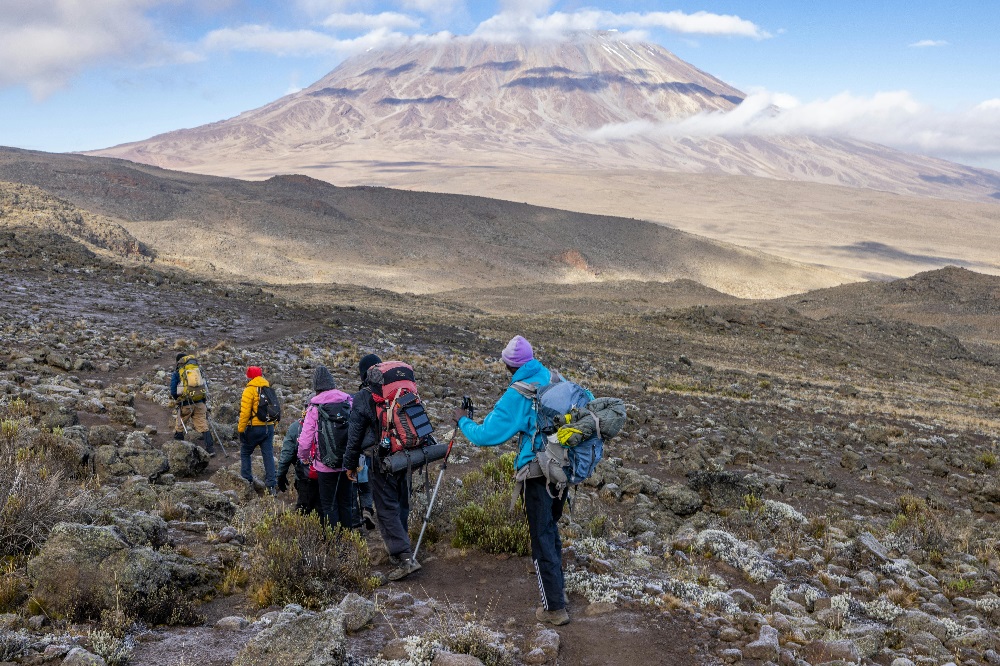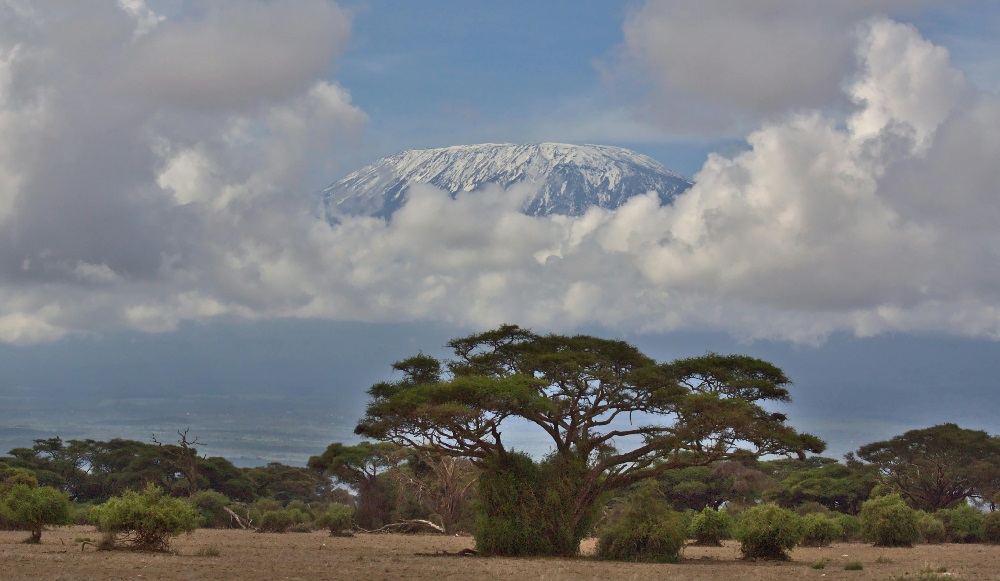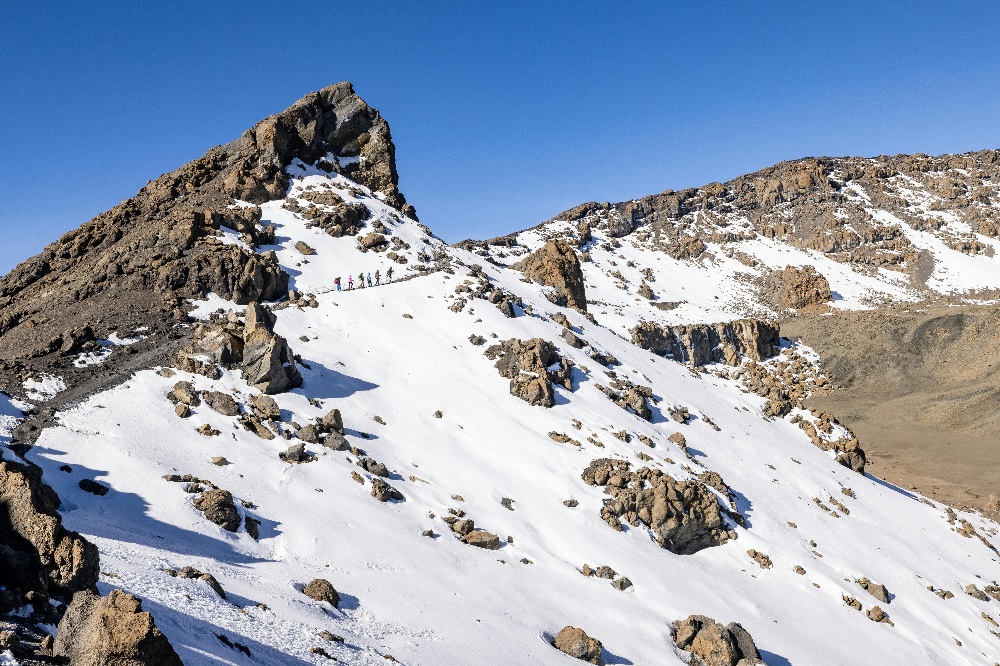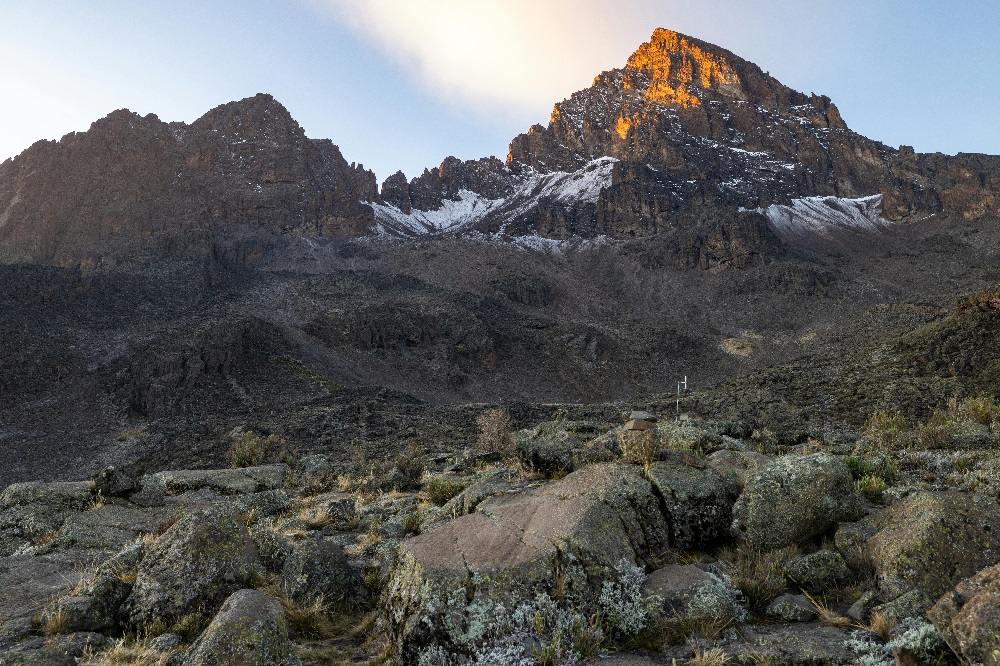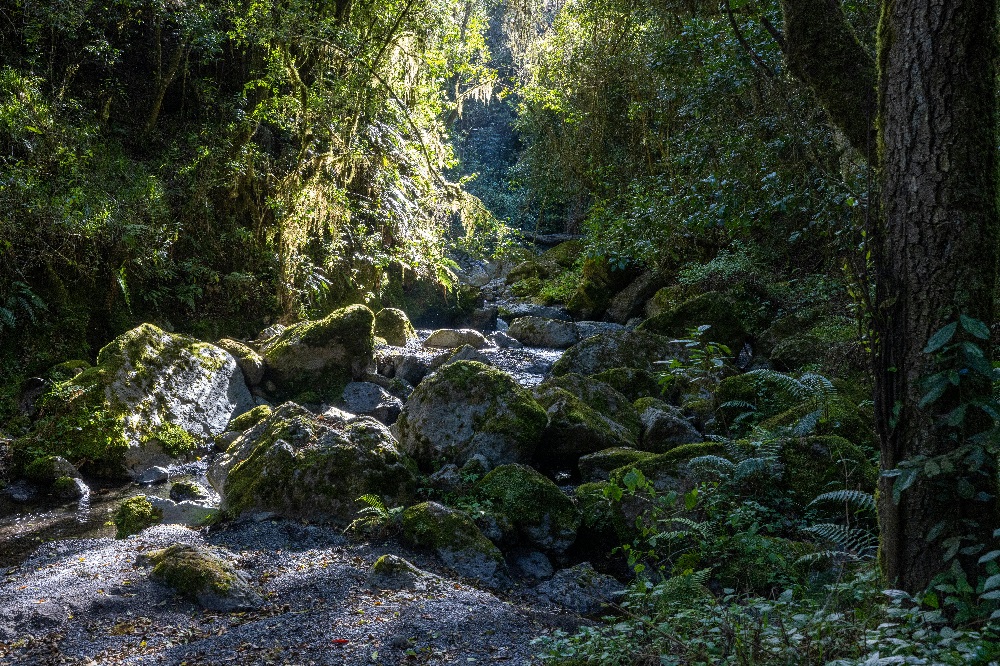Climbing Mount Kilimanjaro is one of the most exciting adventures anyone can try in Africa. Many people wonder if beginners, people with little or no climbing experience, can reach the top of the highest mountain in Africa. The good news is that Mount Kilimanjaro is not a technical climb, which means you don’t need ropes, ice axes, or professional mountaineering skills. Instead, it is a high-altitude trek that requires determination, preparation, and the right support team. With proper planning, even beginners can stand proudly on the summit, Uhuru Peak, at 5,895 meters above sea level.
Do You Need Oxygen for Kilimanjaro?
One of the first concerns beginners often have is whether they will need bottled oxygen for the climb. The truth is, most climbers do not use bottled oxygen on Kilimanjaro. Instead, the body adjusts to the altitude by acclimatizing slowly during the trek. This is why itineraries usually last between 6 and 9 days. Going slowly helps the body get used to the lower oxygen levels as you climb higher. Guides are trained to check your oxygen levels with pulse oximeters, and if any emergency happens, they carry oxygen cylinders for safety. So, while you don’t climb with oxygen tanks like on Mount Everest, you can feel safe knowing your team is prepared.
How Cold Does It Get on Kilimanjaro?
Climbing Kilimanjaro means passing through five different climate zones. At the base, you may start in warm tropical forest, wearing just a t-shirt. As you climb higher, the air becomes cooler and drier. By the time you reach the summit, temperatures can drop to -20°C (-4°F) at night. Beginners need to be ready for this extreme change in weather. Having warm jackets, thermal layers, gloves, and hats is very important. The cold is often the hardest part for first-time climbers, especially on summit night when you start climbing in the dark around midnight. But with the right gear and mental strength, the cold can be managed.
How Many Miles Is the Hike up Kilimanjaro?
The total distance of the Kilimanjaro trek depends on the route chosen. The shortest routes cover about 37 miles (60 km), while longer routes can stretch to 50 miles (80 km) or more. For a beginner, this may sound overwhelming. However, the hike is broken into daily sections, with each day covering between 4 to 7 miles on average. Walking slowly is encouraged to conserve energy and improve acclimatization. Guides often remind climbers with the Swahili phrase “pole pole,” which means “slowly slowly.” This gentle pace allows beginners to cover the distance without feeling rushed.
What I Wish I Knew Before Climbing Kilimanjaro
Many beginners, after their climb, share valuable lessons. The first is that mental strength is as important as physical fitness. Even if you are not the fittest person, determination and a positive attitude can take you far. Another thing climbers wish they had known is how important hydration is. Drinking at least 3 liters of water daily helps reduce altitude sickness. Also, having the right gear matters a lot. Renting or borrowing poor-quality jackets or boots can make the climb harder. Choosing a good operator like Ravina Tours, who provides guidance on gear, training, and preparation, makes all the difference.
How Many Days Does It Take to Hike Kilimanjaro?
Climbing Kilimanjaro usually takes between 6 and 9 days, depending on the route. Beginners are strongly encouraged to choose longer routes, such as the Lemosho or Machame routes, which give more time for acclimatization. Faster ascents may be cheaper, but they increase the risk of altitude sickness. On average, spending 7 to 8 days provides a balance of safety and success. With this time frame, even beginners can adjust well and increase their chances of reaching the summit.
Where Do You Fly into to Hike Kilimanjaro?
The main airport for Kilimanjaro climbs is Kilimanjaro International Airport (JRO). It is located between Arusha and Moshi, the two main towns where treks begin. Beginners can find it convenient to book transfers directly with their tour operator to avoid stress upon arrival. Ravina Tours, for example, provides airport pickups, comfortable accommodation before the trek, and smooth logistics so climbers can focus on their adventure instead of worrying about travel details.
Can You Climb Kilimanjaro in a Day?
Climbing Kilimanjaro in one day is impossible. The journey requires several days to allow the body to adjust to high altitude. Attempting to rush it would be dangerous and nearly impossible due to the long distance and thin air at higher altitudes. However, day trips are possible on the lower slopes of Kilimanjaro for those who just want a taste of the experience. These hikes usually take visitors into the rainforest zone, where they can enjoy waterfalls, monkeys, and lush scenery without going to the summit. For beginners aiming for Uhuru Peak, patience and proper pacing are essential.
What Is the Success Rate of Climbing Kilimanjaro?
The success rate of reaching the summit depends largely on the route chosen. Short routes of 5 or 6 days may have a success rate of around 50–60%, while longer routes like the 8-day Lemosho can have success rates of 85–90%. Beginners should always choose the route that gives them the best chance of success. Another factor that increases success is traveling with experienced guides. Ravina Tours, for example, uses guides with years of experience, trained in mountain safety and altitude management. With the right team, even beginners have a high chance of standing at Uhuru Peak.
How Crowded Is Kilimanjaro?
Kilimanjaro is a popular trekking destination, attracting around 30,000 to 50,000 climbers each year. Certain routes, such as the Marangu route (nicknamed the “Coca-Cola route”), can feel crowded, especially during high season. However, other routes like Lemosho or Rongai are quieter and provide a more peaceful experience. Beginners who prefer fewer crowds should ask their operator for advice on the best time and route. Choosing the right season also matters; the busiest times are January to March and June to October.
What Is the Best Time of Year to Climb Mount Kilimanjaro?
Kilimanjaro can be climbed year-round, but the best times are during the dry seasons. These are from January to early March and from June to October. During these months, the weather is more stable, with less rain and clearer skies. Beginners should avoid the rainy seasons in April, May, and November, as the trails can become slippery and uncomfortable. Climbing during the dry season not only makes the trek safer but also provides better chances of seeing Mount Kilimanjaro’s stunning landscapes.
Do You Need Altitude Training for Kilimanjaro?
Altitude training can be helpful, but it is not required. Many beginners successfully climb Kilimanjaro without special altitude training. However, preparing your body with regular exercise such as hiking, running, or cycling helps build stamina. If possible, spending time at high altitude before the climb, such as hiking in the mountains in your home country, can also help. The key is to be prepared both physically and mentally. Ravina Tours also ensures climbers are guided through gradual acclimatization schedules, making it manageable for beginners.
Can You Solo Hike Mount Kilimanjaro?
Climbing Kilimanjaro alone is not allowed by the Tanzanian government. Every climber must be accompanied by licensed guides and support staff. This rule is for safety reasons, as altitude sickness and changing weather can create emergencies. Beginners benefit greatly from this rule, as they receive support not only from guides but also from porters and cooks who make the climb more comfortable. Climbing with a team also adds a sense of community and encouragement. With Ravina Tours, beginners can join group climbs or choose private climbs, depending on their preference.
Transactional Closing for Part One
Climbing Mount Kilimanjaro may sound like a dream only for expert mountaineers, but the truth is that even beginners can achieve it with the right guidance. All it takes is choosing a good route, preparing properly, and traveling with an experienced operator. Ravina Tours has helped many first-time climbers reach the top safely and successfully. If you are ready to challenge yourself and experience Africa’s highest peak, now is the perfect time to book your Kilimanjaro adventure with us.

